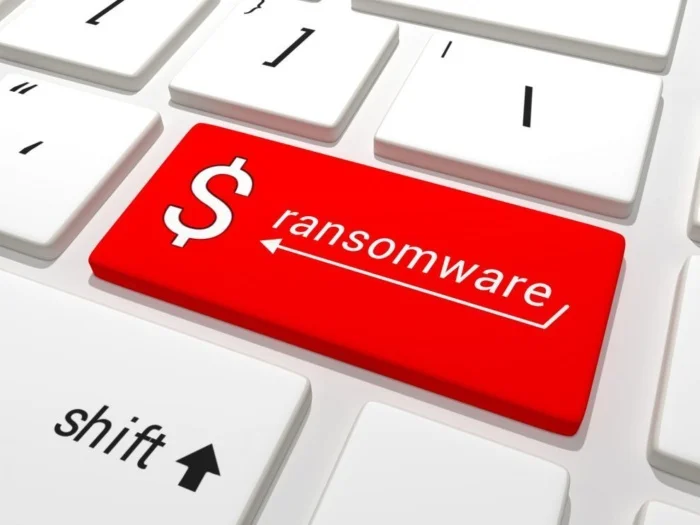How To Mark Outlook Email As Not Junk
Stop good emails from going to Junk in Outlook
OPTION I
Mark Email as Not Junk in Outlook
To ensure they are put in your Inbox:
STEP 1
Click on your Junk Email folder.
Then right-click the message labeled as Junk
Select Junk >> Not Junk from the context menu.
STEP 2
The Mark as Not Junk box comes up.
Check Always Trust email From user@email.com.
Click OK
The message will be moved to your Inbox and won’t be blocked as Junk again.
OPTION II
Add Contacts in Outlook to Safe Senders List
STEP 1
Open Outlook and click the Home tab. Then click the Junk button and select Junk E-mail Options.
STEP 2
Junk E-mail Options comes up.
Click the Safe Senders tab
The Add button
Type in the trusted domain or email address
and click OK.
The BYOD Workplace
BYOD Workplace
In today’s always-connected world, the time-honored separation of work and personal time is quickly disappearing. Mobile devices such as laptops, netbooks, tablets, and smartphones have fundamentally changed how all of us live and work. With work no longer confined to a physical office space, or limited to traditional business hours, we’ve created an increasingly mobile and dispersed workforce capable of working anywhere at anytime. 3 out of 5 workers today no longer believe an office presence is necessary for a productive day’s work.
Transferring IT hardware and equipment expenses to employees can save SMBs significant money. A study conducted by Cisco’s Internet Business Solutions projected that U.S. companies utilizing BYOD can save up to $3,150 per employee each year.
With some SMBs it’s no longer a question of what devices employees use and when they use them. Rather, businesses are looking at how to leverage the latest technologies so that employees can be more productive and efficient, even when they aren’t in the office. With this change in attitude comes new challenges: Both business and IT leaders will face new questions about security, productivity, infrastructure, and staff training.
According to Gartner analysts, more than half of organizations today already allow their employees to use third-party devices for work. While 80% of companies surveyed by Dell trust their employees in terms of device security, just 2% trust them completely.
A Managed IT Service Provider can provide a Mobile Device Management (MDM) Solution. The MDM solutions are a cost-effective means to ensure that any mobile device accessing their network is identified, controlled, and monitored.
This method of centralized management makes it easy to configure devices for enterprise access, stipulates password policy and encryption settings, locates and remotely clears and locks any lost or stolen device, automates security updates, and proactively identifies and resolves device or app issues.
U.S. Small Business Administration recommends the following best practices, For education and cyber-prevention
Establish security practices and policies to protect sensitive information
Educate employees about cyberthreats and hold them accountable
Require employees to use strong passwords and to change them often
Employ best practices on payment cards
Make backup copies of important business data and information
Create a mobile device action plan
Protect all pages on your public-facing websites, not just the checkout and sign-up pages
The survey also found:
65 percent of business owners admit they have been victim of a cyberattack; computer virus attacks are the top type of attack reported at 33 percent, phishing is number two at 29 percent.
86 percent of business owners believe that digital risk will continue to grow.
30 percent of companies with 11-50 employees do not provide any type of formal training on cybersecurity.
Despite the simplicity of regularly updating software, seven percent of companies still fail to take that step.
Reputational risk is among the top reasons (45 percent) why business owners would consider investing in or purchasing a cybersecurity policy.
35 percent of business owners who have never experienced a cyberattack are unaware of the financial cost to recover, highlighting a dangerous gap in knowledge from the implications.




